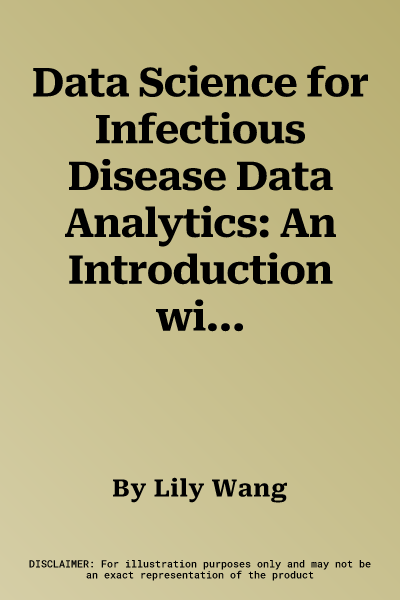Data Science for Infectious Disease Data Analytics: An Introduction
with R provides an overview of modern data science tools and methods
that have been developed specifically to analyze infectious disease
data. With a quick start guide to epidemiological data visualization and
analysis in R, this book spans the gulf between academia and practices
providing many lively, instructive data analysis examples using the most
up-to-date data, such as the newly discovered coronavirus disease
(COVID-19).
The primary emphasis of this book is the data science procedures in
epidemiological studies, including data wrangling, visualization,
interpretation, predictive modeling, and inference, which is of immense
importance due to increasingly diverse and nonexperimental data across a
wide range of fields. The knowledge and skills readers gain from this
book are also transferable to other areas, such as public health,
business analytics, environmental studies, or spatio-temporal data
visualization and analysis in general.
Aimed at readers with an undergraduate knowledge of mathematics and
statistics, this book is an ideal introduction to the development and
implementation of data science in epidemiology.
Features
- Describes the entire data science procedure of how the infectious
disease data are collected, curated, visualized, and fed to predictive
models, which facilitates effective communication between data
sources, scientists, and decision-makers.
- Explains practical concepts of infectious disease data and provides
particular data science perspectives.
- Overview of the unique features and issues of infectious disease data
and how they impact epidemic modeling and projection.
- Introduces various classes of models and state-of-the-art learning
methods to analyze infectious diseases data with valuable insights on
how different models and methods could be connected.

